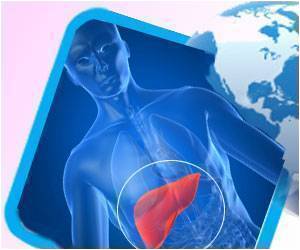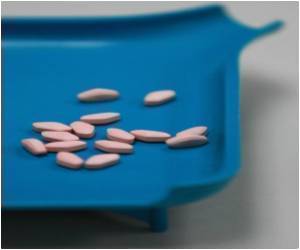What is Lymphangioleiomyomatosis or LAM?
Lymphangioleiomyomatosis (LAM) is an rare systemic disease that destroys the lung and causes abdominal tumors.The disease is exclusive to women and is seen in 5 out of every million people. The disease occurs sporadically.
LAM is also seen in 4 out of 10 women with tuberous sclerosis complex (TSC).
Current evidence through research suggests that LAM is a low-grade, metastatic neoplasm that targets the lung selectively.
Typically in patients with LAM, the lung function declines and hypoxia develops within a decade of symptoms appearing.
Smooth-muscle cells infiltrate the lung of LAM patients. They arise from an unknown source and appear to be histologically benign. These cells show the presence of TSC gene mutations. This results in activation of the mammalian target of rapamycin (mTOR) signaling pathway. This pathway regulates multiple cellular functions and controls growth, motility, and survival.
Sirolimus
The drug sirolimus (also called rapamycin) has shown promise in the recent phase 1–2 trials involving LAM patients. It blocks mTOR activation and restores homeostasis in cells with TSC gene mutation. In rodent models of TSC gene mutation, sirolimus has shown to cause regression of neoplastic growths in the kidney and liver. However, the relative risks and benefits of the medication in patients with LAM are not yet unclear.
Aim & Method of Study:- An international, multicenter, randomized, placebo-controlled study was conducted to assess if treatment with sirolimus for a year would improve lung function in patients with LAM. The trial details and protocol were as follows:-
• 12-month study randomized, double-blind comparison of sirolimus with placebo
• The study involved 89 patients with LAM who had moderate lung impairment
• Patients with current or planned pregnancy, those with large chylous fluid collections, or those who had a prior lung transplantation were excluded
• All patients provided a written informed consent
Results:- When compared to the placebo group, the sirolimus group had improvement from baseline to 12 months in the following parameters:-
• Forced vital capacity,
• Functional residual capacity,
• Serum vascular endothelial growth factor D (VEGF-D)
• Quality of life
• Some functional performance measures.
Once sirolimus was discontinued, there was a decline in lung function in the sirolimus group and it equaled that in the placebo group.
Adverse events were more common in the sirolimus group in comparison to the placebo group. They include mucositis, diarrhea, nausea, hypercholesterolemia, acneiform rash, and swelling in the lower extremities. Rare cases of cardiac events were observed in the sirolimus group.
Nevertheless, it was concluded that in LAM patients, sirolimus stabilized lung function, reduced symptoms and improved quality of life.
The study therefore suggested that therapy with sirolimus may be useful in selected LAM patients.
Reference:-
1.Francis X. McCormack, M.D., Yoshikazu Inoue, M.D., Ph.D et al; “Efficacy and Safety of Sirolimus in Lymphangioleiomyomatosis”; N Engl J Med 2011; 364:1595-1606 April 28, 2011.
Source-Medindia














